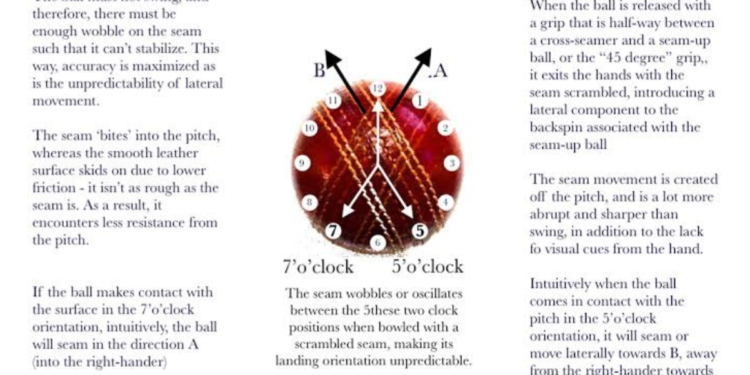Overview of Test Cricket
Test cricket is the oldest and longest format of the sport, known for its rigorous five-day matches that truly test the skills and endurance of players. With a history dating back to the 19th century, Test cricket is often considered the ultimate challenge for cricketers, requiring not just talent but also mental fortitude and strategy to succeed on the field.
Unlike shorter formats like One Day Internationals (ODIs) or Twenty20 (T20) matches, Test cricket allows teams to showcase their ability to withstand pressure over an extended period. The meticulous planning, adaptability to changing conditions, and tactical maneuvers displayed in Test matches make it a true test of a team’s overall prowess and depth in the game.
The Format of Test Matches
In Test cricket, each match is played over a maximum of five days. This extended format allows for a more strategic and patient approach by the players, as they aim to outlast and outperform their opponents. The team that scores the most runs across two innings wins the match, with each side having the opportunity to bat and bowl twice.
The complexity of Test matches lies in the ebb and flow of momentum over the course of five days. Captains must carefully manage their resources, balancing aggressive tactics with defensive strategies to gain the upper hand. This extended format also tests the mental and physical endurance of players, making it a true test of skill, patience, and resilience.
Duration of Test Matches
Test matches are known for their unique and traditional format, which sets them apart from other forms of cricket. One of the distinctive features of Test cricket is the extended duration of the matches, which can last up to five days. This extended period allows for a comprehensive test of skill, endurance, and mental strength for both teams involved.
The long duration of Test matches provides players with ample opportunity to showcase their abilities across multiple days of play. This format also allows for the ebb and flow of the game to be fully explored, with momentum often shifting back and forth between the competing teams. Additionally, the longer duration of Test matches puts a premium on strategy, patience, and adaptability, as teams must carefully pace themselves over the course of the match to achieve success.
Teams and Players in Test Cricket
Test cricket is a premier form of the sport played between international teams. Each country that competes at this level is represented by its national squad, comprising of talented players known for their exceptional skills and passion for the game. These players are meticulously selected based on various factors such as form, fitness, and performance to ensure the team’s success on the field.
The composition of a Test cricket team typically consists of specialist batsmen, bowlers, all-rounders, and a wicketkeeper. Specialist batsmen are responsible for scoring runs, while the bowlers aim to dismiss the opposing team’s batsmen. All-rounders contribute in both batting and bowling departments, providing a valuable balance to the team, and the wicketkeeper plays a pivotal role behind the stumps by taking catches and effecting run-outs. Collectively, these players form a cohesive unit that strives to achieve victory in the challenging and strategic game of Test cricket.
Rules and Regulations of Test Cricket
Test cricket, known for its deep-rooted traditions and rich history, is governed by a set of rules and regulations to ensure fair play and sportsmanship on the field. The Laws of Cricket, set by the Marylebone Cricket Club (MCC), serve as the guiding principles for all cricket formats, including Test matches. These rules cover various aspects of the game, from how runs are scored to dismissing a batsman.
One of the fundamental rules in Test cricket is the duration of the match, which spans over five days of play. Each day consists of three sessions, with breaks for lunch and tea, adding up to a total of 90 overs per day. The team that scores the most runs over two innings wins the match, with the possibility of a draw if time runs out. Additionally, the use of DRS (Decision Review System) allows teams to challenge on-field umpire decisions, adding a layer of technological assistance while ensuring the integrity of the game.























